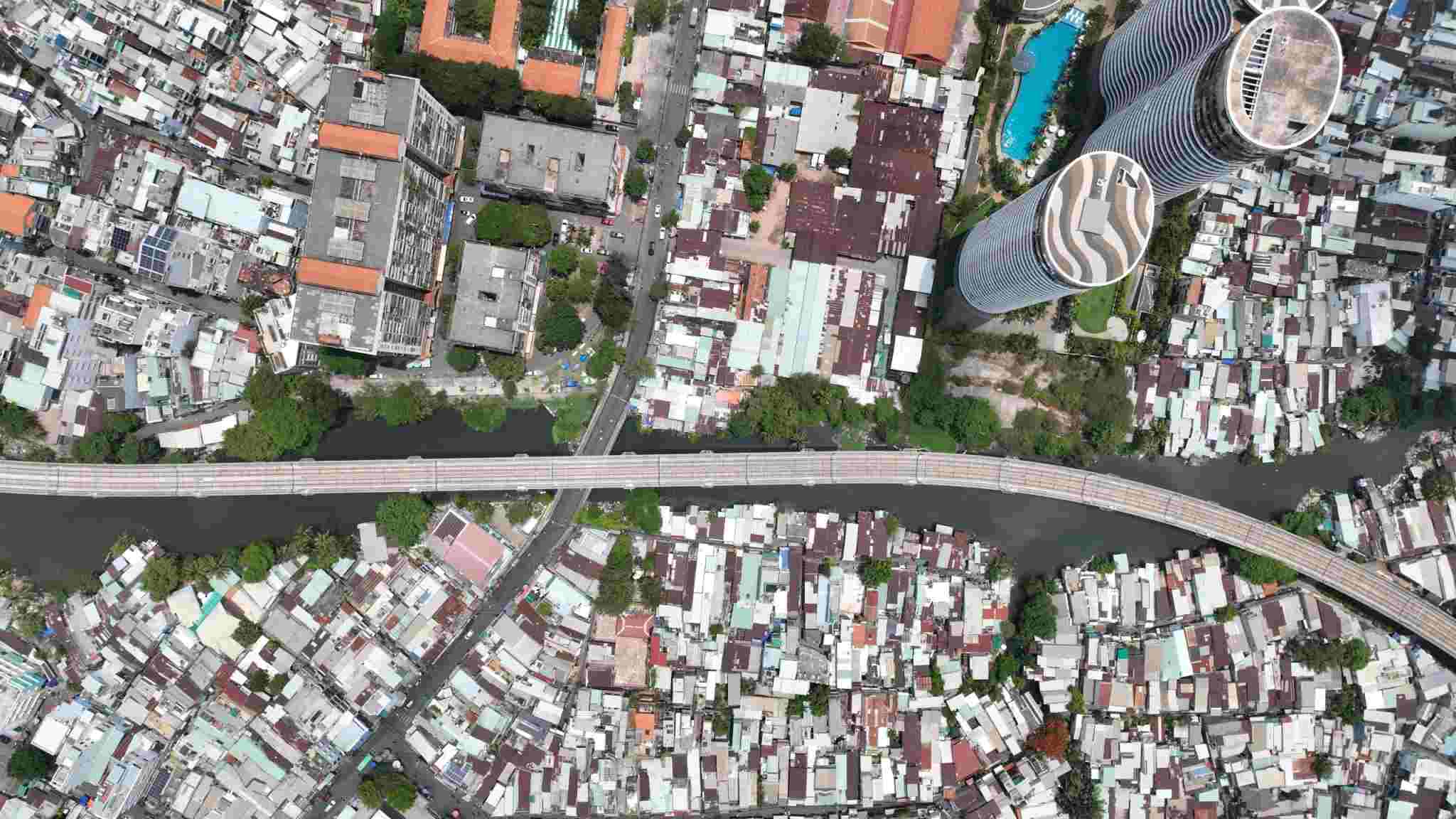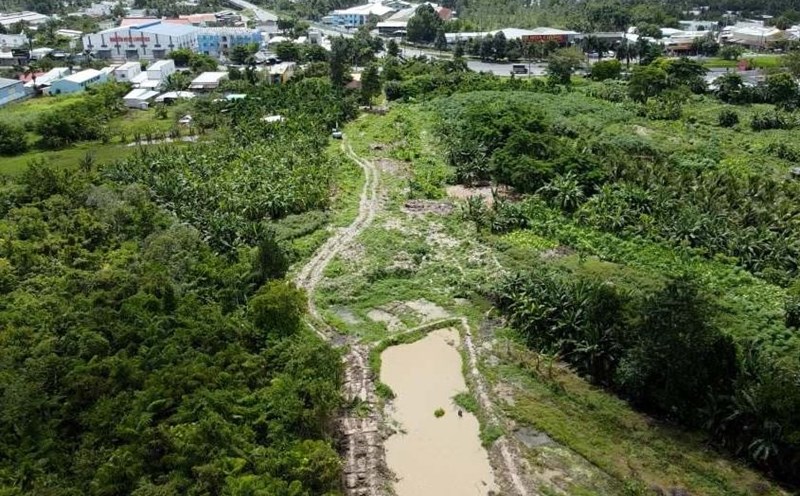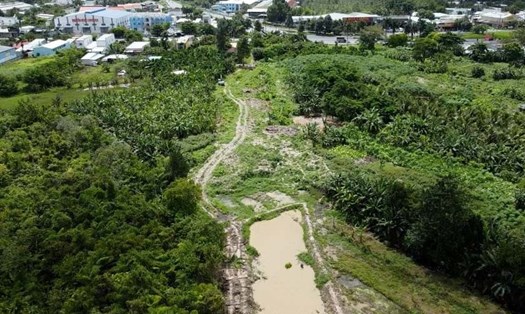Wish to escape from temporary life
On polluted canals and streams such as Xuyen Tam, Kenh Doi, Van Thanh, etc., tens of thousands of households still live crowded in dilapidated, makeshift houses. For them, moving to a new, safer and more comfortable place to live is a dream, but also a worry when facing issues of compensation and livelihood.
The family of Ms. Mai Thi Oanh (65 years old) in alley 411, Nguyen Duy street (District 8) lives in a house of only 15 square meters along the Doi canal. "If the house is too degraded, I will be forced to move to ensure safety. But I don't know where to move, how much it will cost and what to do to make a living" - Ms. Oanh said worriedly.
Not only Ms. Oanh's family, more than 1,200 households along Xuyen Tam canal (Binh Thanh district) are also waiting for compensation. Ms. Thanh (47 years old), a resident here, shared: "I just hope to receive reasonable compensation so that I can move to a new, more spacious place, so that my children can have a good place to study."
At Van Thanh canal, more than 1,000 households have been waiting for 20 years because of a stalled project. On the black canal filled with garbage, the dilapidated houses are a stark contrast to the modern high-rise buildings just a few hundred meters away.
Mr. Nguyen Tien Thanh (55 years old) - a resident living along the canal - said: "In 2020, we were informed that we would be cleared when Metro Line 1 was completed, but now there is no progress. As long as we are compensated appropriately, I will move out immediately."
According to statistics, Ho Chi Minh City currently has more than 48,000 houses located on and along rivers, canals and streams. Of these, only about 1,400 houses have been compensated and cleared. The remaining 46,500 houses do not have a plan for compensation, support or resettlement. The Ho Chi Minh City People's Committee is developing a project to relocate all of these houses along the canals and streams, expected to report to the City Party Committee and Ho Chi Minh City People's Council before March 2025.
To ensure feasibility, a sociological investigation into the current status of canal-side houses will be conducted from December 2024.

Capital and resettlement challenges
This project is an opportunity for Ho Chi Minh City to change the urban appearance, improve the living environment and promote sustainable development.
Previously, in the 2016-2020 period, Ho Chi Minh City also set a target of relocating 20,000 houses on and along canals, but by the end of the term, only nearly 2,500 were relocated, reaching 12.4% of the target. In the 2011-2015 period, the city also planned to relocate about 14,000 houses, but the result was only more than 3,300, reaching nearly 24% of the target.
Dr. Vo Kim Cuong - former Deputy Chief Architect of Ho Chi Minh City - commented that currently, the source of vacant land is almost exhausted, while legal regulations have changed, making implementation difficult. Canal renovation should not only focus on individual routes but also need to be associated with comprehensive urban renovation, ensuring synchronization between economic and social development.
Master Vuong Quoc Trung - Center for Urban Research and Development of Ho Chi Minh City said that the biggest difficulty in relocating houses on and along canals in the area is capital sources and resettlement for people. Ho Chi Minh City needs to diversify capital sources, from the Central Government, investors to international financial organizations. Mr. Trung also suggested the public-private partnership (PPP) model to encourage businesses to participate. Investors can develop new resettlement areas, and at the same time profit from exploiting land funds after clearance.
The Nhieu Loc - Thi Nghe Canal renovation project was a successful demonstration of Ho Chi Minh City’s urban beautification efforts. More than 1.5 million people living on both sides of the canal were resettled, making this area a clean, green highlight of the city. However, lessons from this also show its limitations.
According to Associate Professor - Dr. Nguyen Minh Hoa - Vice Chairman of the HCMC Planning and Development Association, although resettled, 60-70% of people in the Nhieu Loc - Thi Nghe canal renovation project later left the new housing areas because they were not suitable for their livelihoods and living habits. The lack of land for on-site resettlement is also a major obstacle at present. Mr. Hoa said that the city needs to develop a more feasible resettlement policy, especially for people who are not eligible to own new homes.
"HCMC should build social housing for rent at subsidized prices, while creating conditions for people to stabilize their livelihoods," said Mr. Hoa.











